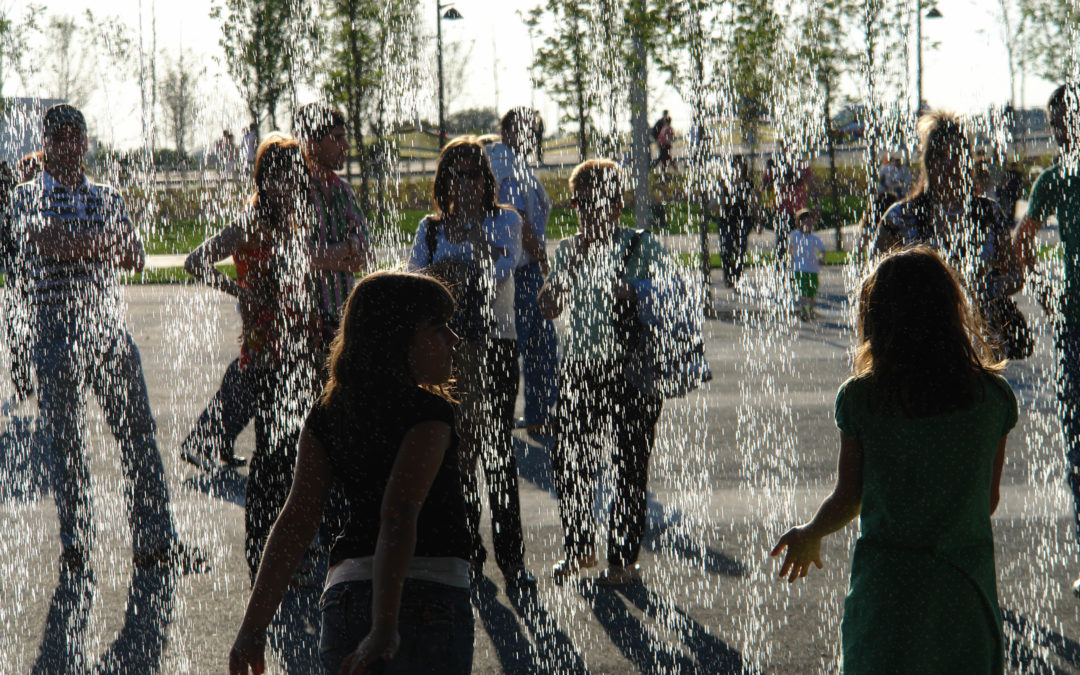First published in Danish tm – LINK
At the highly anticipated Prix BLOXHUB Interactive symposium, keynote speaker Carlo Ratti shared his knowledge about how technology can help change the way we develop and think about the future design of urban space and make it more “senseable”. Carlo Ratti is a professor of Urban Technologies and Planning at MIT, Head of the Senseable City Lab and Director of the design company Carlo Ratti Associati.
“‘Senseable’ implies both the sensitivity of digital technologies capable of sensing and responding to citizens’ needs, and the more human quality of being ‘sensible,’ of keeping people and their desires at the center,” says Carlo Ratti.
For a “senseable” city to exist, fundamental changes have to be applied, especially in architecture where initial thoughts and ideas have to start at the bottom, with the smallest needs first. Carlo Ratti continues:
“This boils down to a fundamental divergence within architectural design, computer science, and politics, known generally as top-down versus bottom-up. A top-down approach first considers a system at the broadest universal level, whereas a bottom-up approach begins with the most atomized unit and builds up.”
Flexibility
For architects and designers this means that the future city has to be flexible down to a small-scale and the individual level by, for example, the use of internet-of-things technology and data logging.
“Architecture has often been described as our third skin. We have our own skin, the skin of our clothes, and then the third skin from the architecture that surrounds us. The third skin has always been like a corset, something uncompromising. But with digital technologies, we can turn the third skin into something much more flexible, that responds better to us, to our desire and needs,” says Carlo Ratti.
The flexibility could be local warming– The conceptual thought is that the space you are in knows who you are, and what you prefer, as soon as you walk into it. With this knowledge, it will regulate heat, cold, lights, humidity and everything else you could imagine possible to adjust, to make your stay the most perfect.
Flexible and Sustainable
While “senseable” cities offers a great amount of “pleasing your needs” – it also offers a lot of opportunities to enhance the sustainability of cities and improve technology to meets future requirements.
The Water Pavilion made for the Zaragoza Expo 2008 is one such example. It was made as a concept where every drop of water could be controlled. That allowed users to walk through the walls of water, without getting wet. The sensors would simply make a “hole” in the wall, so the user could enter the “building” at any point.
 Photo by Claudio Bonicco
Photo by Claudio Bonicco“The Water Pavilion is a proof of concept, to know how we can control the water down to each individual drop. The interesting thing is that this generated interest from people who monitor pipes for water distribution. In some cities, pipes leak up to 40% of the water passing through them. And some of the sensors we developed for the Water Pavilion concept have been the foundation for new technologies that have helped fix these issues. And in the end, we’ve wasted less water,” says Carlo Ratti.
Prix BLOXHUB Interactive is created by the Alexandra Institute, Realdania and BLOXHUB.







